OHI, a project to rethink the Basque movable heritage from a contemporary point of view
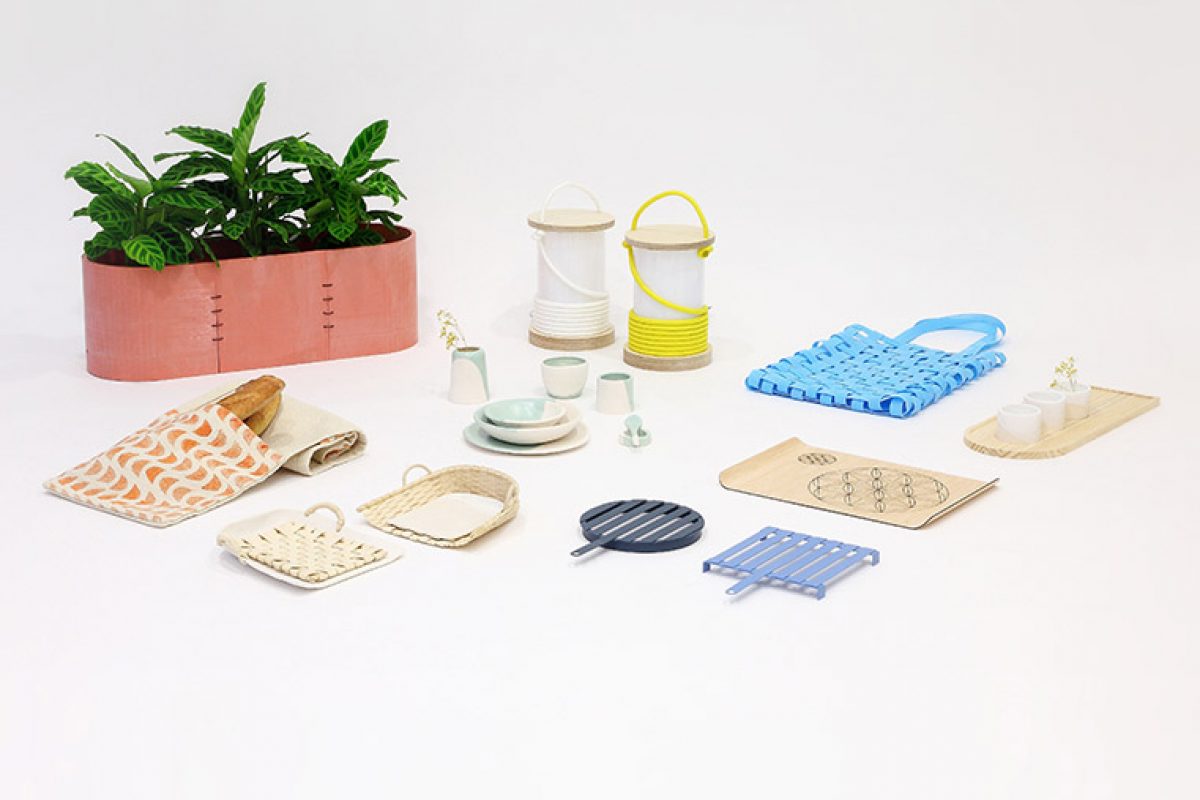
Created by Naia Querejeta and Silvia Ceñal, graphic designer and product designer, respectively, OHI Design Project aims to investigate, innovate, update and disseminate some objects and pieces of national cultural heritage, as well as all the work behind them: materials, craftsmen, manufacturing, history...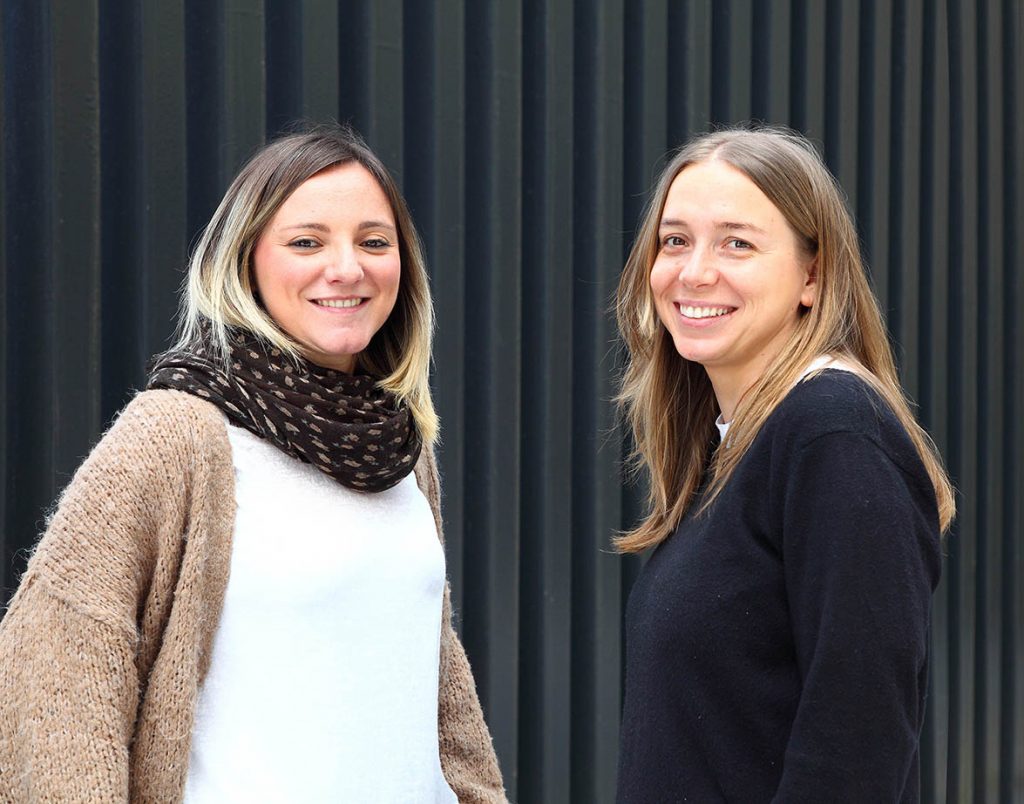
Through this project we want to recover and disseminate knowledge about the Basque cultural heritage and its relationship with the “Habitat”, both to the general public and to professional agents adjoining the world of design. Working around traditional elements that society has forgotten, we want to reflect on its updating and around the needs and uses that can be covered in today's society.
The project began in 2017 on the first workshop of the Basque Design Project, coordinated by Naia Querejeta, where 5 design studios redesigned a piece of Basque origin with the collaboration of students and people related or interested in design. On that occasion Iratzoki&Lizaso, Arquimaña, Amarenak, Hirikiten and Silvia Ceñal participated. The following year, Silvia Ceñal began working together with Naia, to continue evolving the project. This second year the objective has been more ambitious, to design and produce a collection of 11 objects based on Basque design with the collaboration of designers, craftsmen and companies from the territory. Four of those pieces were designed on the second workshop of the Basque Design Project. On that occasion, Muka Design Lab, Estudio Primo and Pedro Galdón from Basque Ceramic Design participated. And finally, in 2019 our first collection of redesigned objects, Ohi Design Project, comes to light.
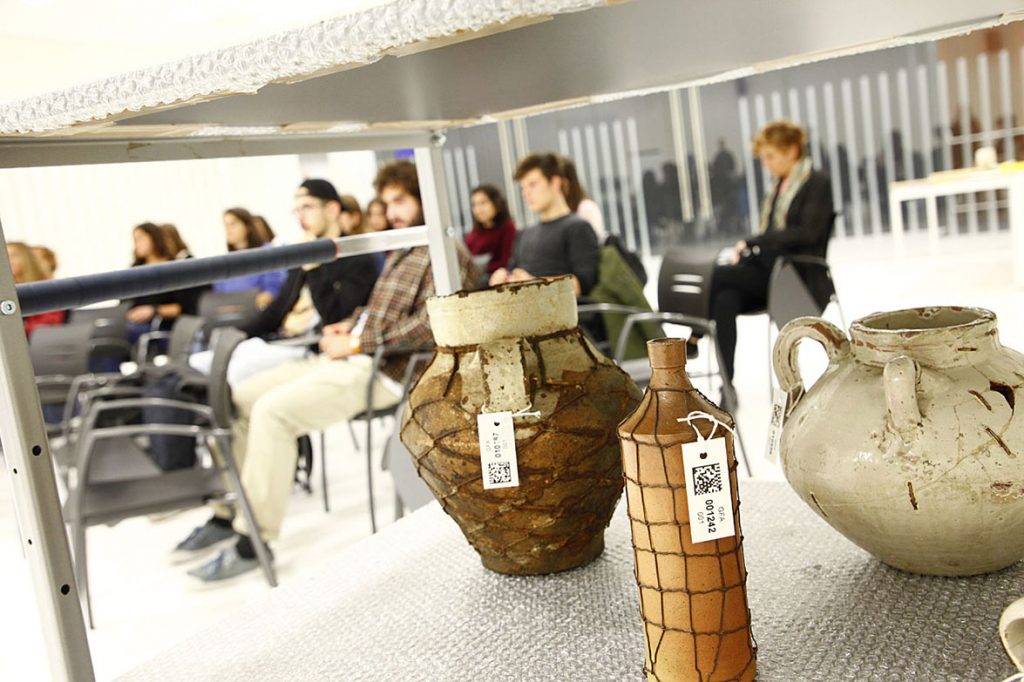
Work is being done around creation, product innovation based on new manufacturing methods, digital craftsmanship, sustainability, the recovery of missing / disappearing objects / techniques / trades ... and other challenges arising from these issues.
EGUZKI
Origin: Solar disks
Reinterpretation: The tray is inspired by the iconography used in the old “Kutxas”, which were wooden boxes carved in bas-relief, with traditional motives that were used to store valuable objects, the trousseau, the grain... 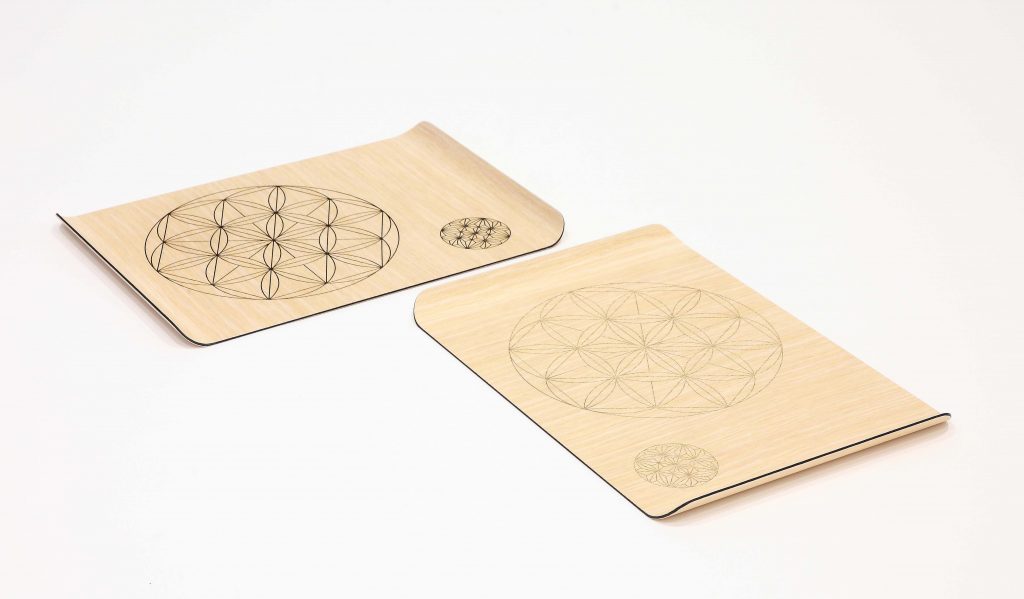
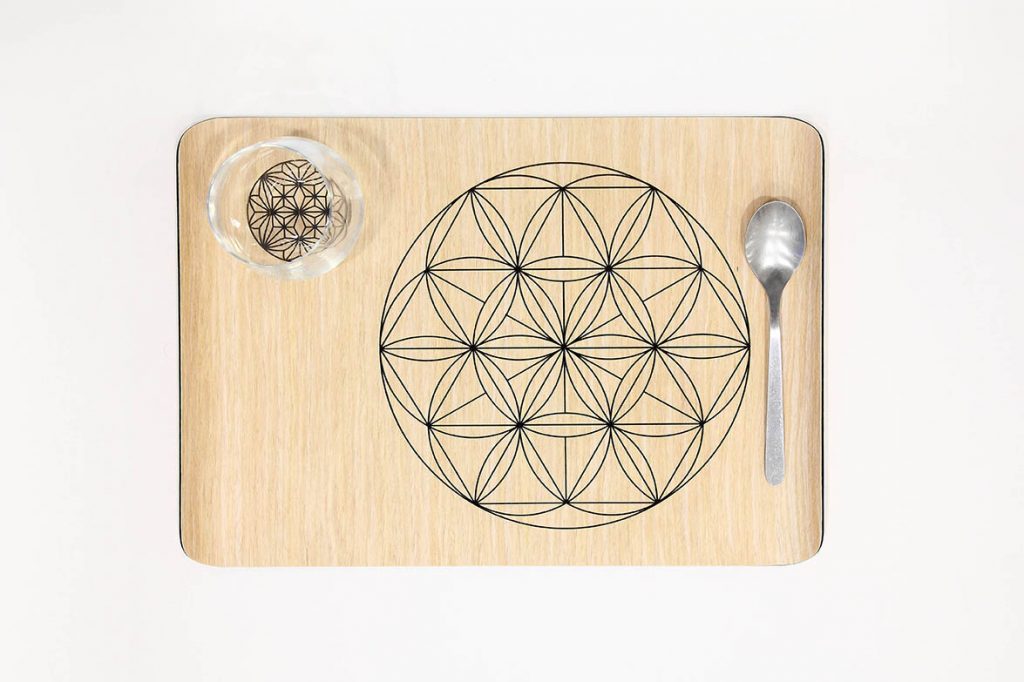
Designed by Muka Design Lab & team at the 2nd Basque Design Project Conference.
Manufactured by Palmadera
LOLO
Origin: Technique of “lañado”
Reinterpretation: The lañado is a technique with centuries of tradition that, by means of metallic “staples”, served to recompose pieces of broken ceramics and to lengthen its use. Two basic modules were designed that, making reference to the staples of the lañado, by means of flanges, they could be united and thus form the modular pot of variable length. The water storage and exit systems were included within the piece itself.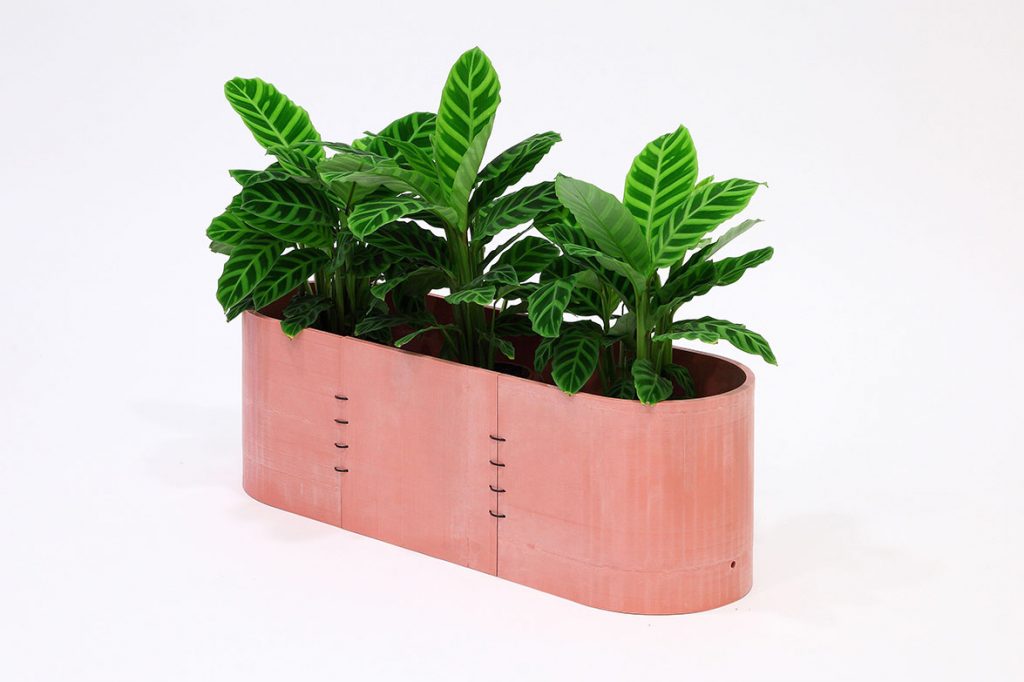
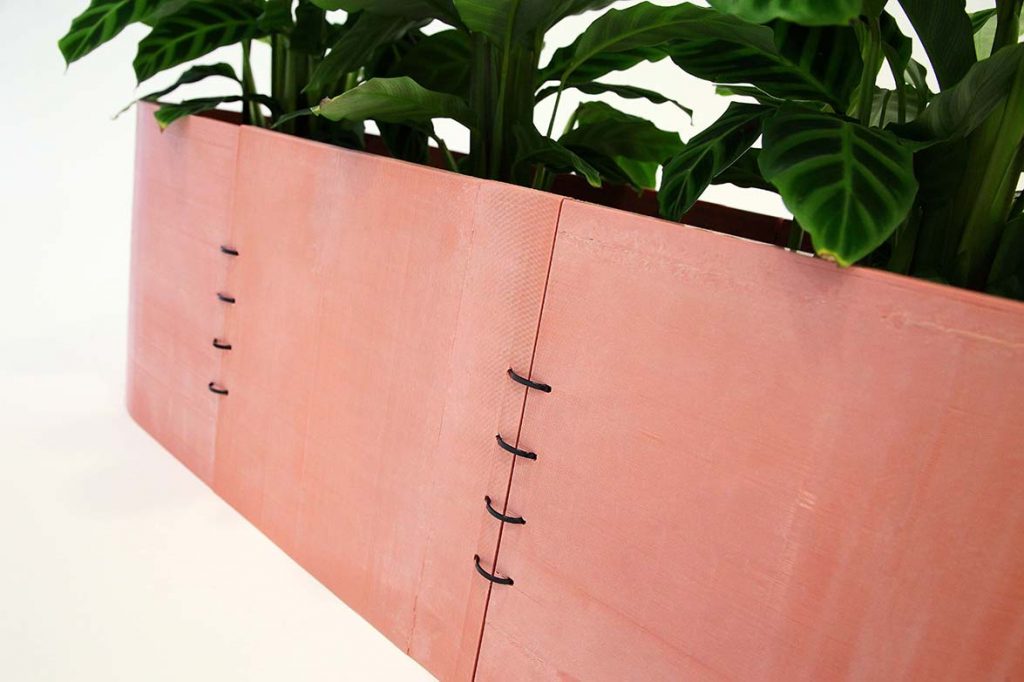
Designed by Estudio Primo & team at the 2nd Basque Design Project Conference.
Manufactured by Posidonia
BAT
Origin: Tableware
Reinterpretation: The design for the Bat tableware is based on the shape of the glazes and enamels that were made in the ancient pottery. More specifically in the form that a liquid generates on the surface of an object when it is submerged. This is one of the methods for enameling ceramics but what has been wanted to emphasize is the bib generated by this enamel. This bib was made to save enamel material since it was very expensive and thus waterproof the areas that were in contact with the liquids.
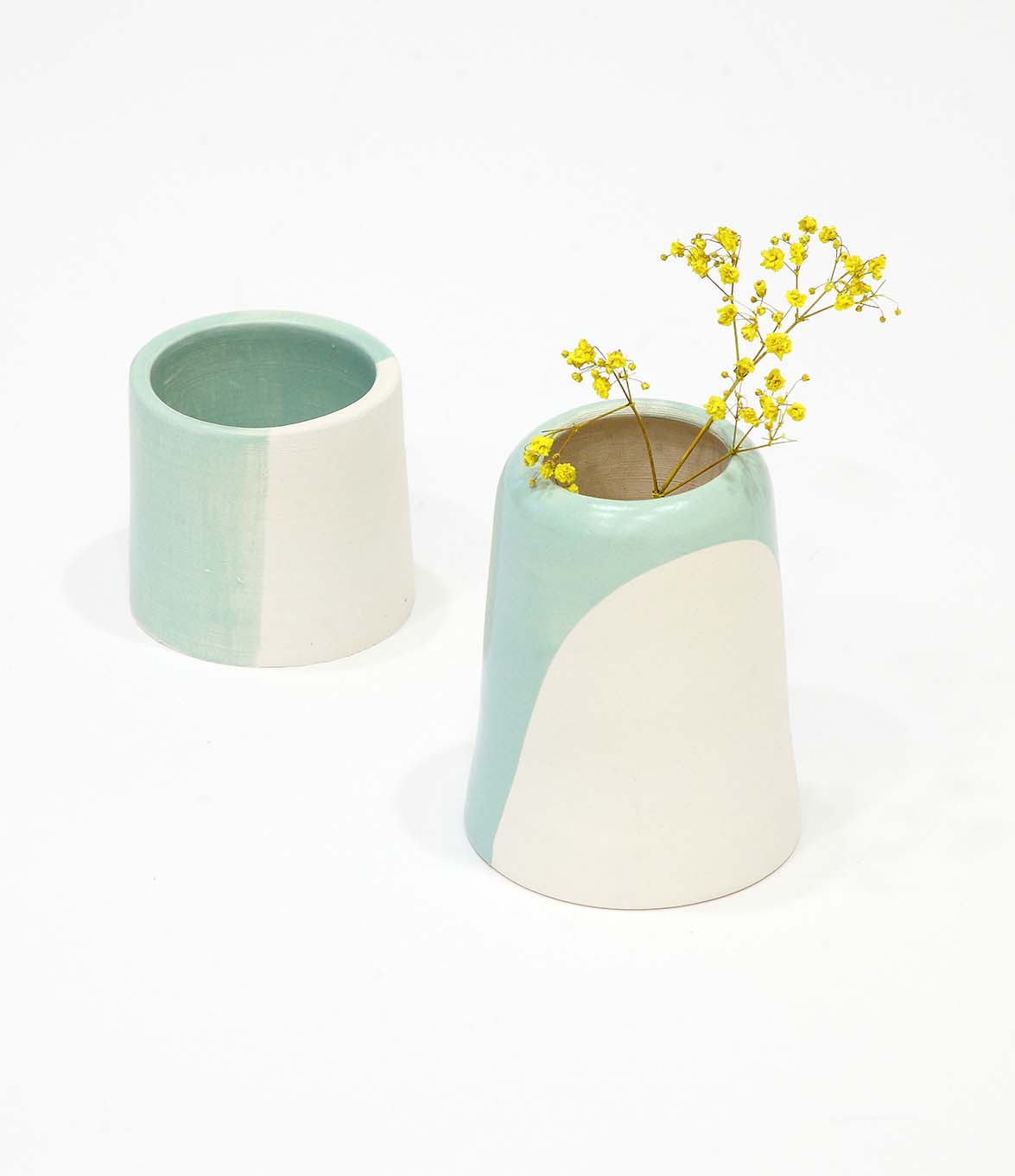
Designed by Pedro Galdón / Basque Ceramic Design.
Manufactured by Pedro Galdón / Basque Ceramic Design
BI
Origin: Basket for throwing
Reinterpretation: The design of the cheese maker and bread basket Bi emerges from a very curious and little known piece such as the basket for throwing cereal. Using two materials such as junk and pottery, a set of positives and negatives is created to generate a current dialogue for its new function; house bread and cheese.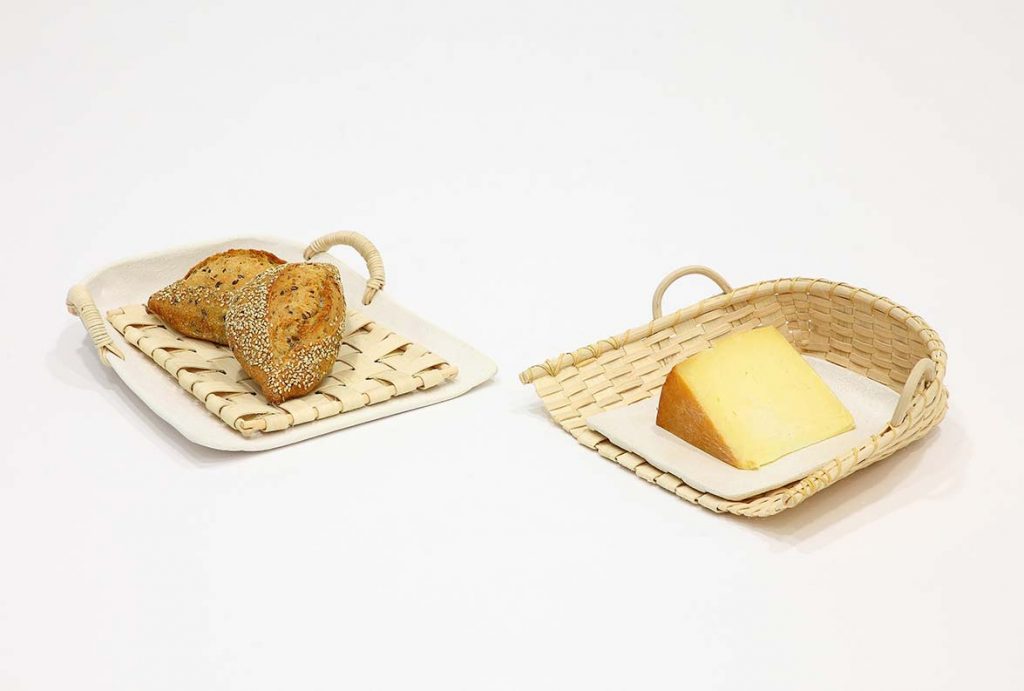
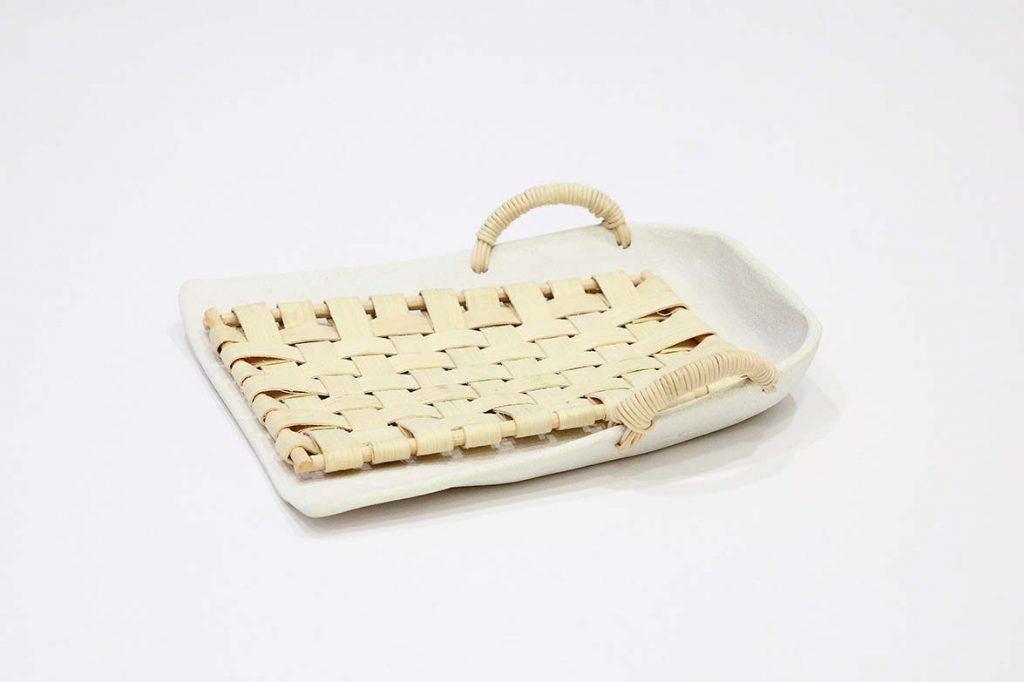
Designed by Pedro Galdón / Basque Ceramic Design & team at the 2nd Basque Design Project Conference.
Manufactured by Pedro Galdón / Basque Ceramic Design and Daniel Lizarralde / Zurjole
HIRU
Origin: Table for pitchers
Reinterpretation: Based on the piece of furniture cantarera, cantarero or cantaral of three pieces, it has been wanted to prolong its condition as container of ceramic pots on wood, giving it a wider scale and functionality.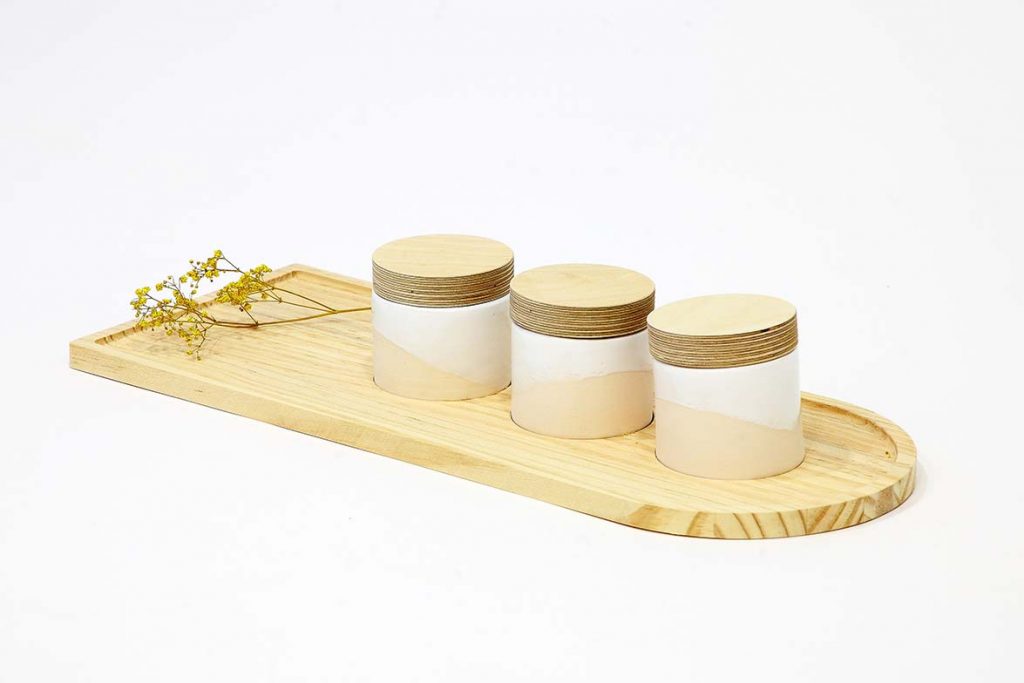

Designed by Pedro Galdón / Basque Ceramic Design.
Manufactured by Pedro Galdón / Basque Ceramic Design and Carpintería Yurrita
ARGIZAIOLA
Origin: Argizaiola
Reinterpretation: The Argizaiola lamp is inspired by the object of the same name that was formerly used in Gipuzkoa and north of Navarre to offer the ancestors in religious ceremonies. The luminaire is made of two circular pieces of fir plywood, a methacrylate cylinder as a diffuser and a rope that is wound around the lamp as the matchstick did in the old argizaiolas.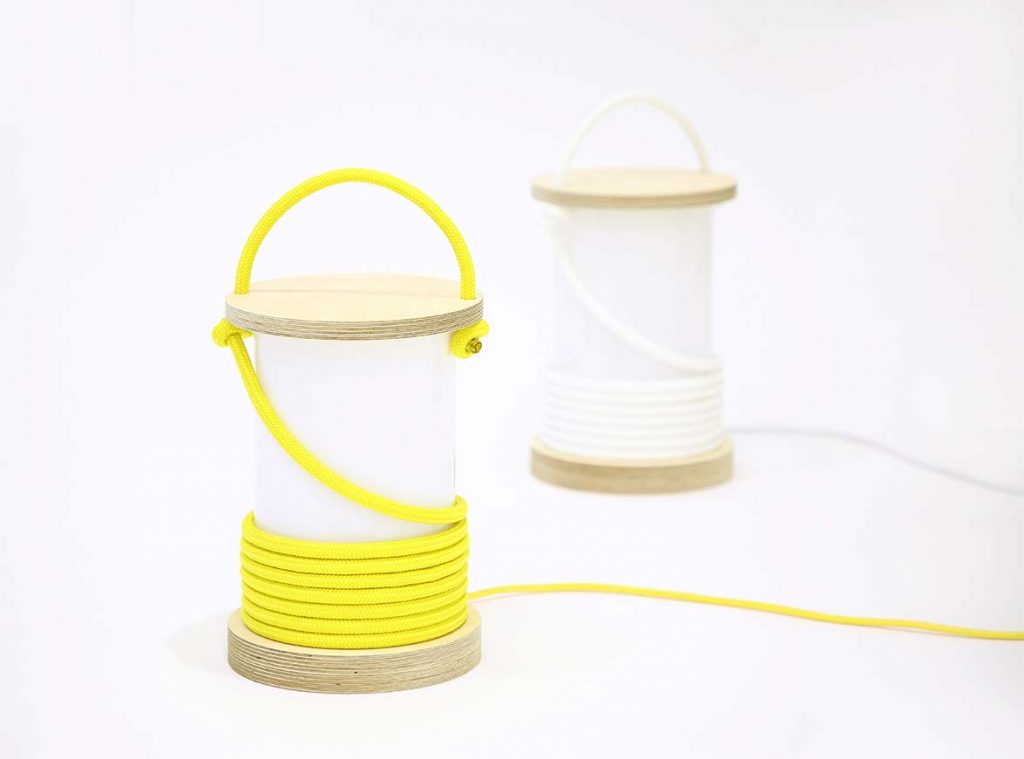

Designed by Silvia Ceñal.
Manufactured by Carpintería Yurrita and Vascoplast
SU
Origin: Grill
Reinterpretation: In the past the iron grills were used to hold the pot next to the fire. These were square or round and were joined by parallel plates. With this piece, we wanted to move this old piece to today through two trivets of smaller dimensions than his predecessors.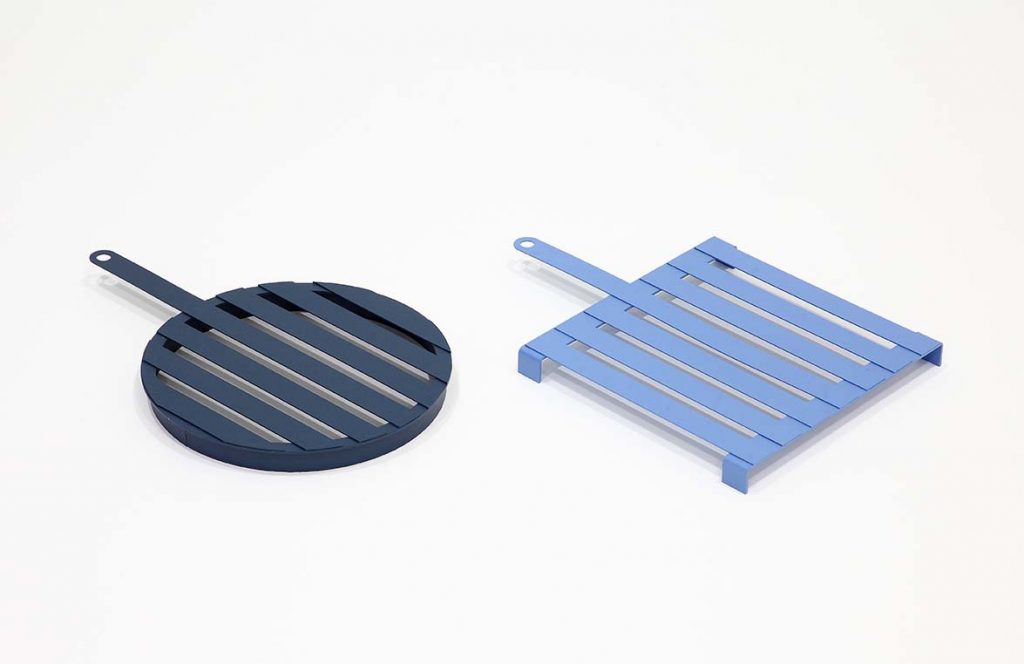
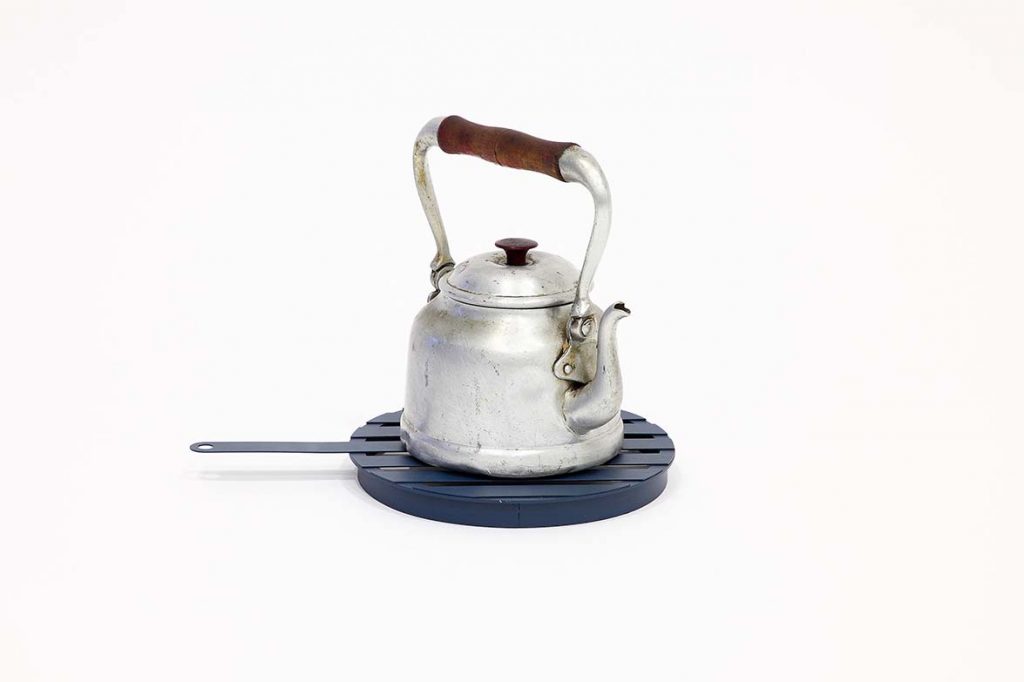
Designed by Silvia Ceñal.
Manufactured by Industrias Urduri
BDP
Origin: Bench
Reinterpretation: During the day of the Basque Design Project, the design of a bank was proposed using insignis pine boards supplied by Muebles Lufe. In the past, wooden benches had a double function. Apart from sitting, the lower part was used to store objects as a chest, or to raise chickens and capons, with a latch like a grid. After reflecting together, it was decided to design a bank that would act as a coat hanger for the entrances to the house. Moving one of the pieces becomes a bank that doubles the number of seats.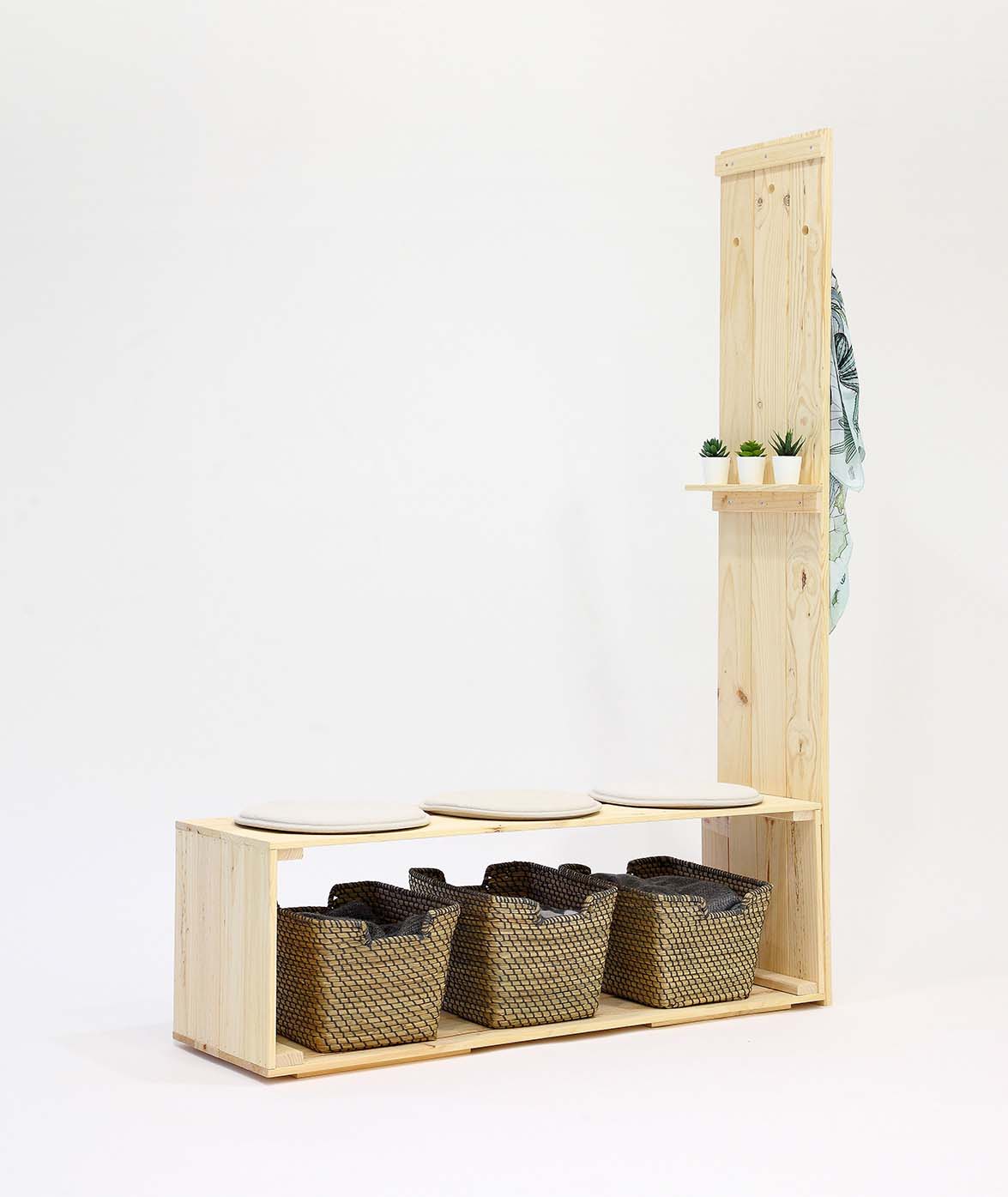
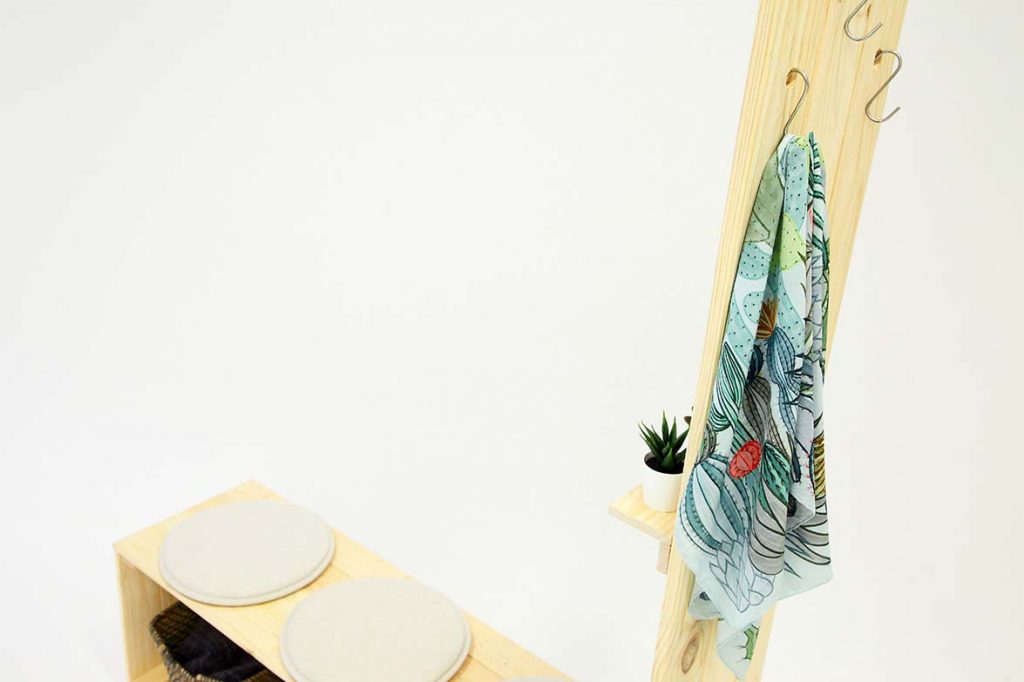
Designed by Silvia Ceñal & team at the 2nd Basque Design Project Conference.
Manufactured by Muebles Lufe
SASKI
Origin: Basketry
Reinterpretation: This bag is an example of the combination between crafts and the digital era. What is today called digital crafts. He has experimented with two techniques as different as basketry and 3D printing. Strips have been printed that resemble the chestnut or hazel strips used in basketry. The strips are printed in Filaflex, an elastic material with a polyurethane base. To continue the idea of redesigning old objects and use them today, a bag has been created, “tote bag” style, weaving the printed strips, creating a sturdy bag with great load capacity.
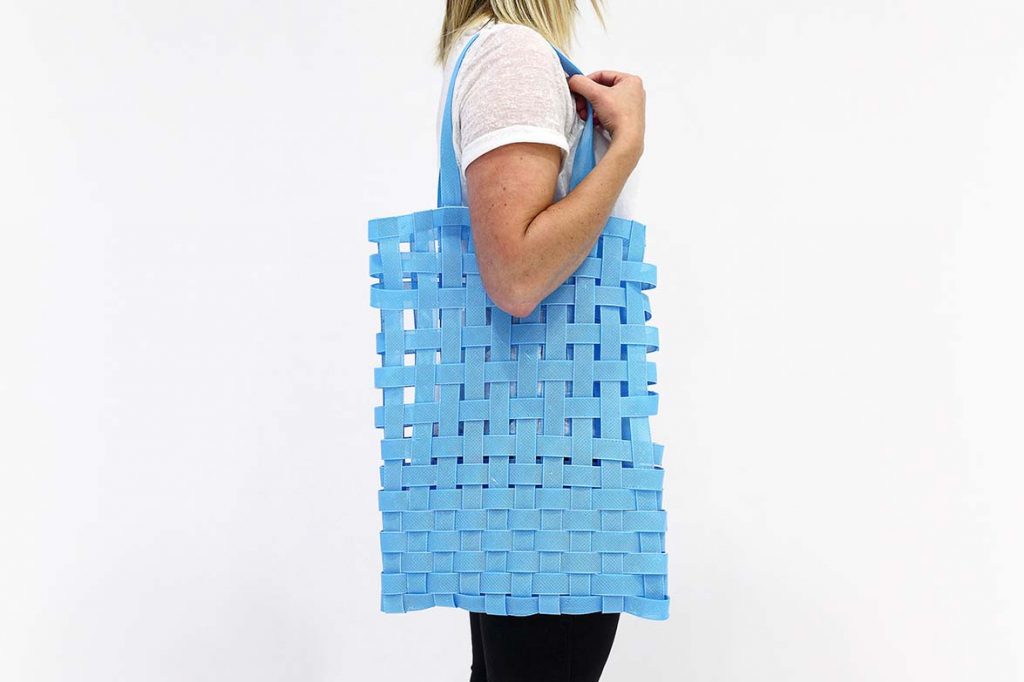
Designed by Silvia Ceñal.
Manufactured by Comme des Machines
OGI
Origin: Bag for bread
Reinterpretation: In this piece the crafts acquire a leading role as a technique that intervenes in the textile support. The piece is composed of two large pockets where to store the loaves of bread. In them an ornamental motif has been stamped, decontextualized to the measure and characteristics of the piece, very habitual in objects like the argizaiola or the kutxa.

Designed by Silvia Ceñal & Naia Querejeta.
Manufactured by Aleix & Quim
LUR
Origin: Trillo
Reinterpretation: Large-format experimental piece that has taken as its starting point the track that the trail leaves in the earth when passing through it. This ancient implement is composed of a set of wooden boards that at the bottom is curdled with flint stones placed in parallel between them. When it is passed over the wheat, it opens the ears and the grain comes out. Work has been done on the supposed trace that would create the trillo if it slipped on a smooth and soft surface, reflecting the result in thread that runs through a rough cotton fabric, sewing the lines one by one. The result can be extrapolated to different home textiles such as tablecloths, napkins, quilts, cushion covers...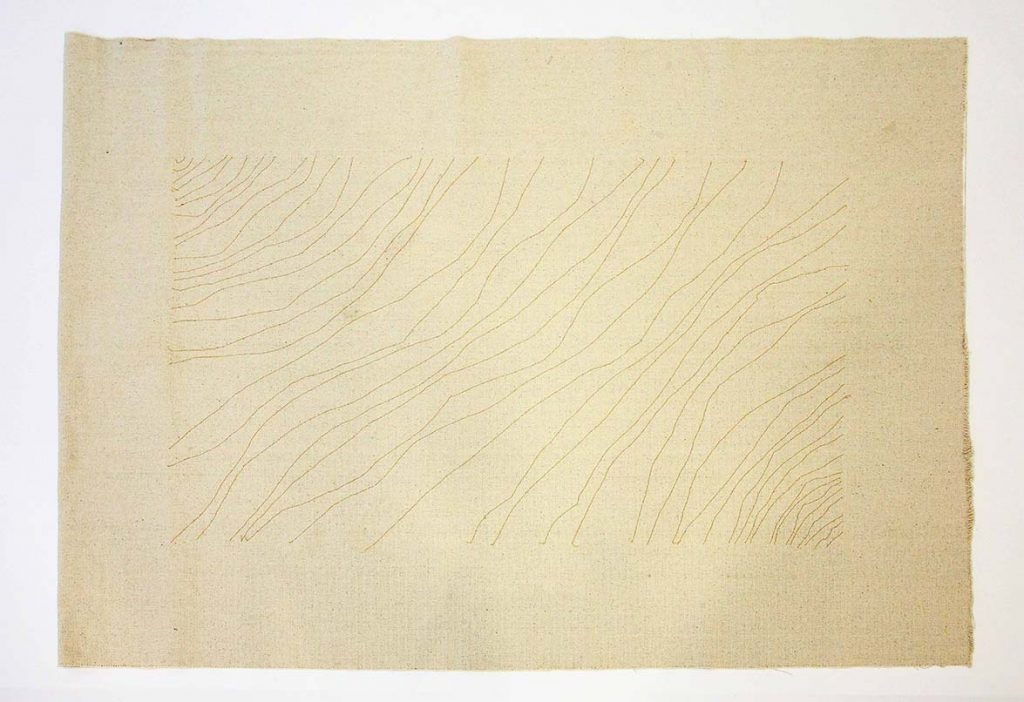

Designed by Naia Querejeta.
Manufactured by Naia Querejeta
Source: OHI Design Project
Visit the Ohi Design Project website
News Infurma:
Online Magazine of the International Habitat Portal. Design, Contract, Interior Design, Furniture, Lighting and Decoration
